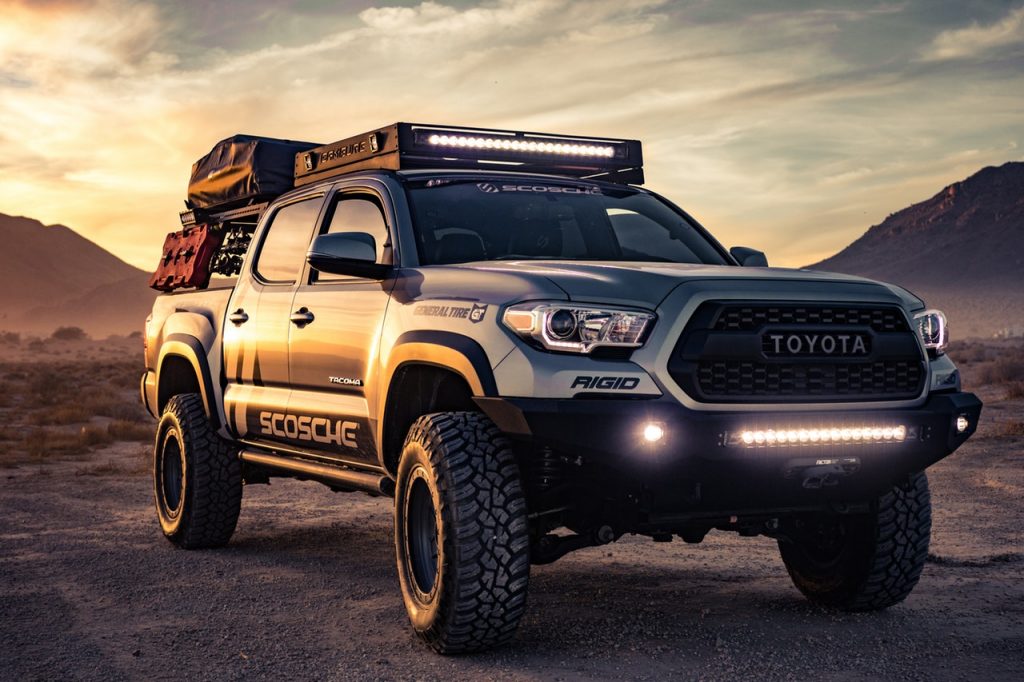
The Humble Towbar – Your Ticket to Adventure!
To the “Un-Australian”, it can be weird to hear someone feeding an obsession with towbars.
After all, what could you possibly do with a piece of metal, seemingly simple, attached to the back of a vehicle?
But place the outdoors-loving Australian with a deep desire to jump into the beautiful wilderness that Outback Australia has to offer into the picture, and all of a sudden, it…just…makes…sense.
While kangaroos or the Big Banana, or even the Sydney Opera House, stand as the icons of the country to the outside world, I’d dare reckon that the true Australian, especially the ones near the city, seeks nothing more than a true escape into the great outdoors.
Into the wild. A getaway to the coast. Or even a quiet fishing spot that only you know about somewhere far
south.
Whatever your escape plan might be, it means good fun and a day of adventure.
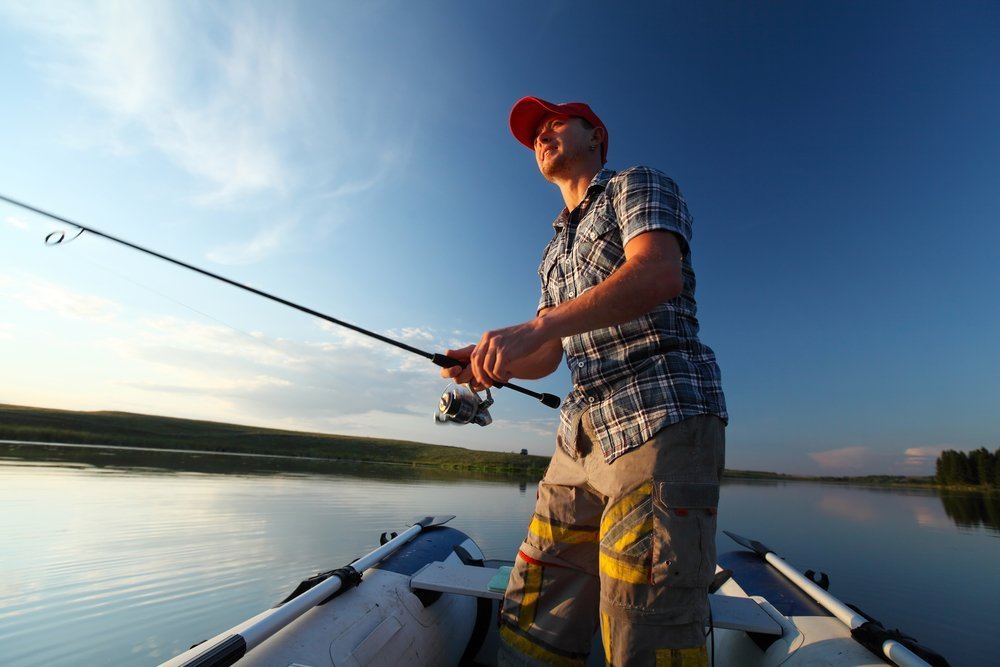
But that also means logistics. And lugging that kayak or canoe out for some water fun, or that caravan on that great escape of yours isn’t going to be particularly easy if you don’t have the right equipment with you.
That’s where towbars come in. But heck, there are so many different types of towbars out there, with all sorts of weights, sizes, and shapes. Where do you begin?
You begin with this guide, and nothing more.
In this Casual Guide, you’re going to learn (in record time) everything you need to know about buying and fitting a towbar that is both legal and safe in 2019.
In short, we’ve compiled this guide so you don’t need to worry about getting into trouble with the law, or getting stuck halfway through that getaway of yours with a broken towbar (or worse).
Let’s get started.
Part 1 :
THE TWO DIFFERENT TOWBAR STYLES YOU SHOULD CARE ABOUT
The best place to start learning about towbars is to understand the two towbar styles that are out there in the Australian market.
I say should care about, because there are really four types of towbar styles out there, but one is used primarily in Europe, while the other one is used mostly for unique vehicles and 4WDs and not really for practical day to day use.
When it comes down to it, there are two types of towbar styles that you should pay attention to; the flat bolt on tongue towbar, and the horizontal removable hitch towbar.
FLAT BOLT ON TONGUE
If you’re just looking to tow something that’s really light (somewhere around the 1,200kg range), chances are, you’re going to use the flat bolt on tongue towbar.
To make it easy to recognise this towbar it usually has a tongue section.

The part of the towbar that you see sticking out from a car with the towball on it is called a ‘tongue’, that bends up from under the vehicle and then flattens at the top with a towball.
In Australia, we like to give everything a nickname and this towbar tongue is often referred to as a swan neck due to the shape of the tongue.
HOW A FLAT BOLT ON TONGUE TOWBAR WORKS
The tongue section of this towbar bolts on to the main body of the towbar which is usually hidden behind the vehicle bumper or under the vehicle. Using two large bolts you can remove the tongue when the towbar is not in use. The towball attaches to the end of the tongue and is the chrome ball section you would usually see at the back of the vehicle.
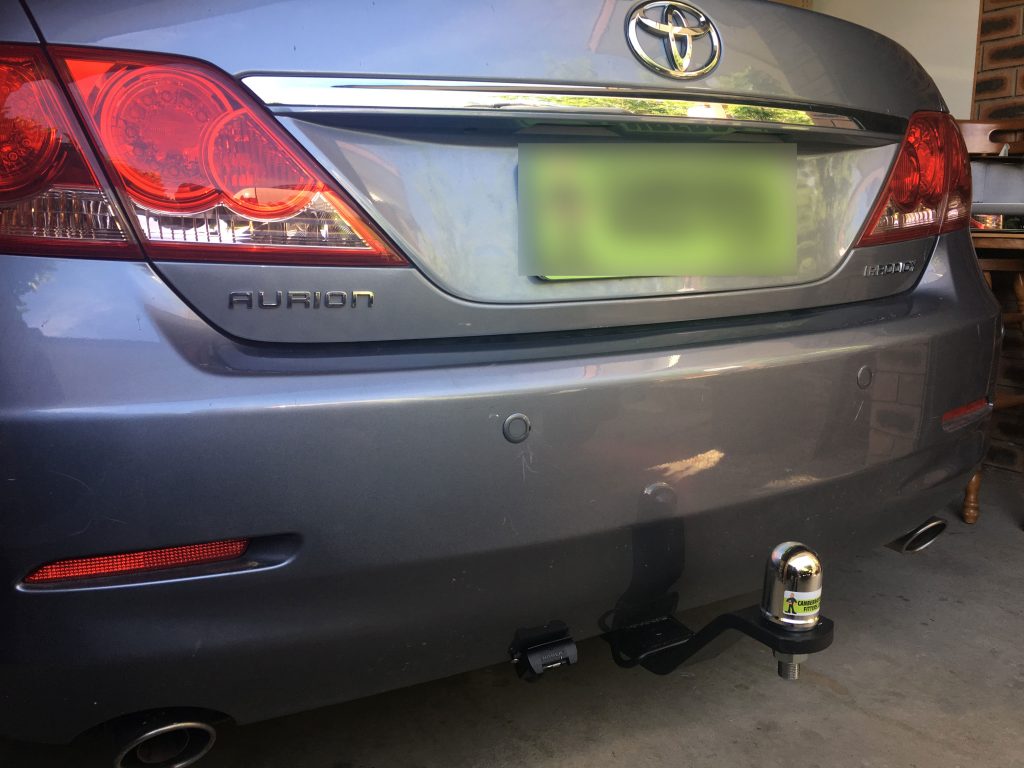
WHEN TO USE A FLAT BOLT ON TONGUE
Mostly used on light towbars (something that we’ll explore later in this guide), this towbar is usually used on small to large vehicles, something like a Toyota or a Hyundai, for towing something like a small boat, or towball mounted bikes on a rack at the back of your car.
So if you’re looking to carry something light throughout your trips, remember to keep an eye for that distinctive tongue poking out of the towbar. You can’t miss it!
HORIZONTAL REMOVABLE HITCH
A horizontal hitch towbar, on the other hand, has a square tongue that connects to the hitch receiver. This type of towbar comes in two different sizes – a 40mm version or class 3, which is commonly used to tow medium sized loads, and a 50mm version or class 4, which is suited more for heavy-towing, like a large boat, or a caravan.
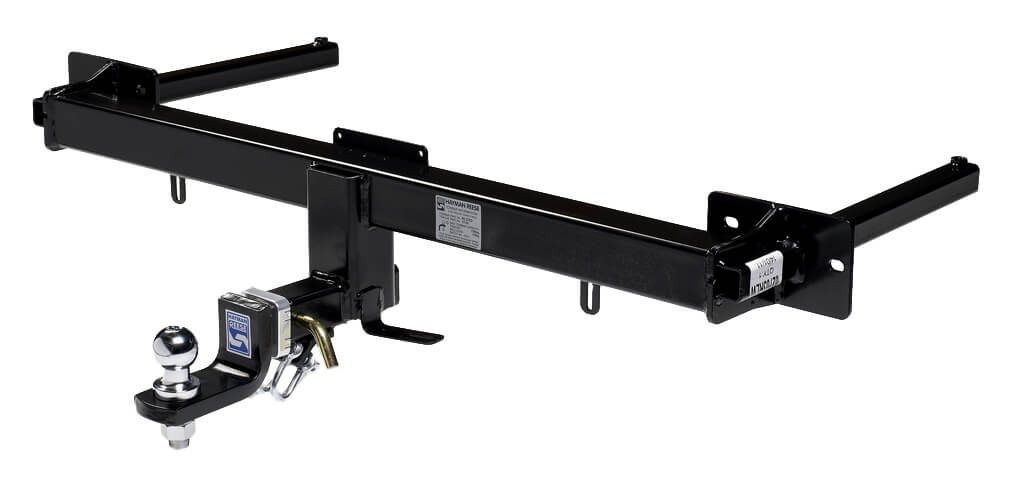
While the Class 3 version, like what Towbar Installers sells, comes supporting up to 1,600kg (which again, suits light to medium duty weights), its Class 4 version supports “maximum towing capacity”, and is suitable for carrying from light loads, right up to the maximum loads your vehicle can handle which could be heavy loads up to caravans, large trailers, boats, and even horse floats.
Unlike the flat bolt on tongue towbar, you can easily spot this type of towbar by its square-shaped hitch that the tongue slides into.
HOW A HORIZONTAL REMOVABLE HITCH TOWBAR WORKS
A horizontal hitch towbar, just like a flat tongue towbar, will have the main section of the towbar hidden behind the towbar or under the vehicle. The tongue section slides in and out of the square section in the towbar which is called a hitch receiver as it receives the tongue into it.
The tongue is secured usually by inserting a metal pin and clip through the side of the hitch to keep it secured to the hitch receiver.
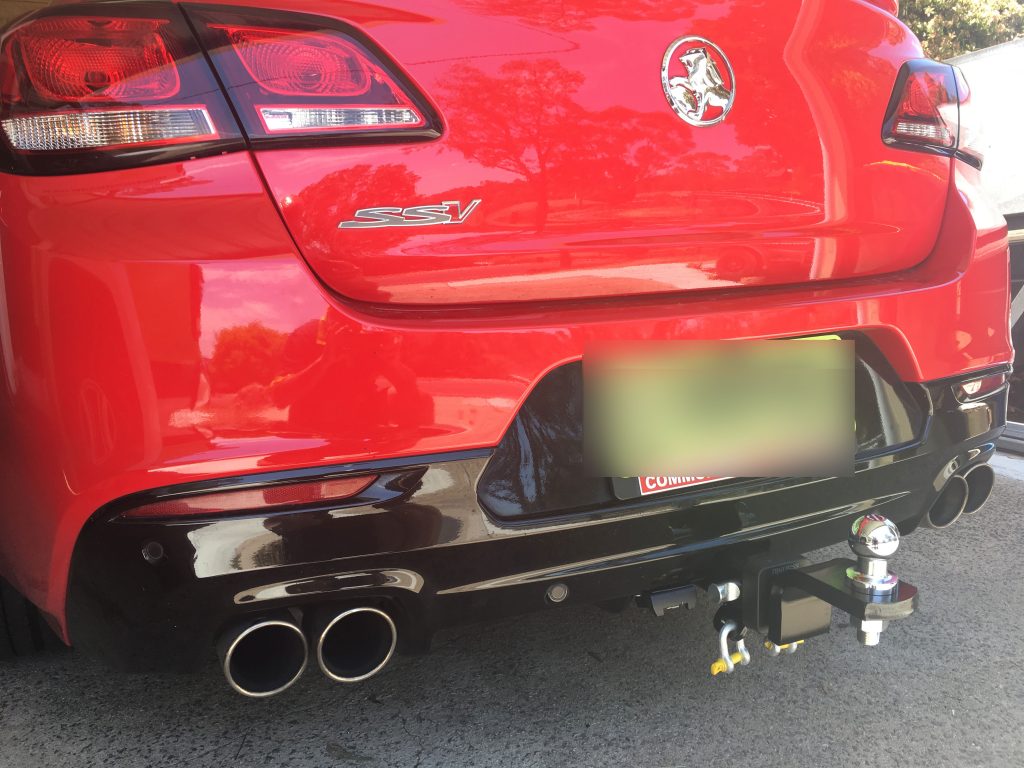
WHEN TO USE A HORIZONTAL REMOVABLE HITCH TOWBAR
If you’re carrying any load above light weight range (anywhere from 1200kg to 3500kg), it probably is a better investment purchasing a Horizontal Removable Hitch Towbar. Another great use for a Horizontal Removable Hitch Towbar is coupled to a bike rack. These towbars can take the weight of many more bikes then a flat tongue and also give you the versatility of using any bike racks available on the market.
Not only are these towbars able to support higher levels of weight, you could quite possibly save more down the road, as your towing needs (or your need to get more adventurous) increase.
Part 2 :
THE THREE CLASSES OF TOWBARS IN AUSTRALIA
In the universe of towbars, regulation has made it such that each towbar should fall into distinct classes for better reference. But that also means it’s easier for you to differentiate between different towbars.
To start off, there are three different types of towbars that are available in the market right now. Sure, they all come in different shapes and sizes, not to mention colour, brands and all that.
But for the most part, towbars can really be split into three distinct classes.
CLASS 2 TOWBAR
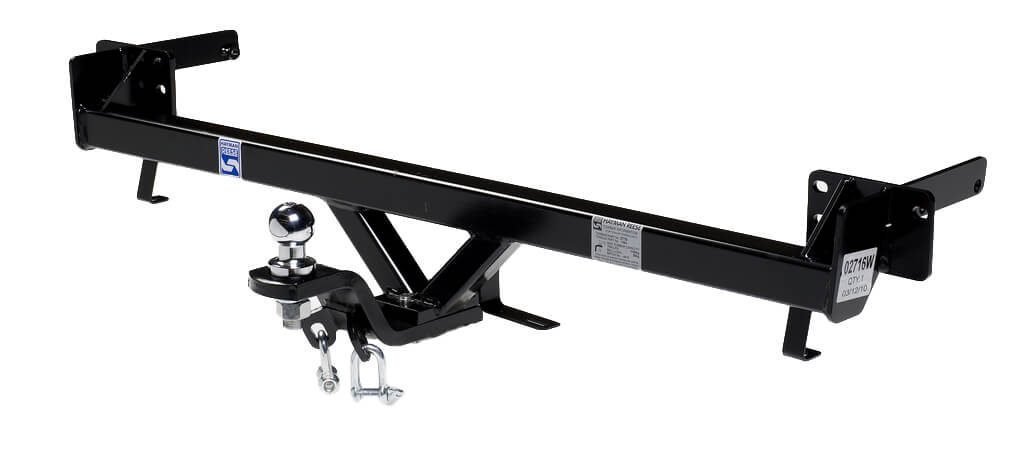
A Class 2 towbar, otherwise known as “light duty towbar”, or “standard towbar”, is a towbar that is usually offered as the lowest tier in the towbar world. Not because of quality, but simply because it’s the most basic towbar there is and suits general domestic type uses.
Many leading towbar companies such as Towbar Installers simply package these Class 2 towbars as a product on its own, and sell them as they are.
A Class 2 Towbar usually comes with the following distinctive features:
CLASS TWO TOWBARS USUALLY COME WITH A FLAT TONGUE STYLE
As I mentioned earlier in the previous chapter, a Class 2 towbar usually comes with a flat tongue style, which is strong, but can only support a limited amount of weight.
That means that if you walk into any towbar installation workshop, or see any Australian towbar company selling that distinctive tongue, it most probably is a flat tongue style hitch.
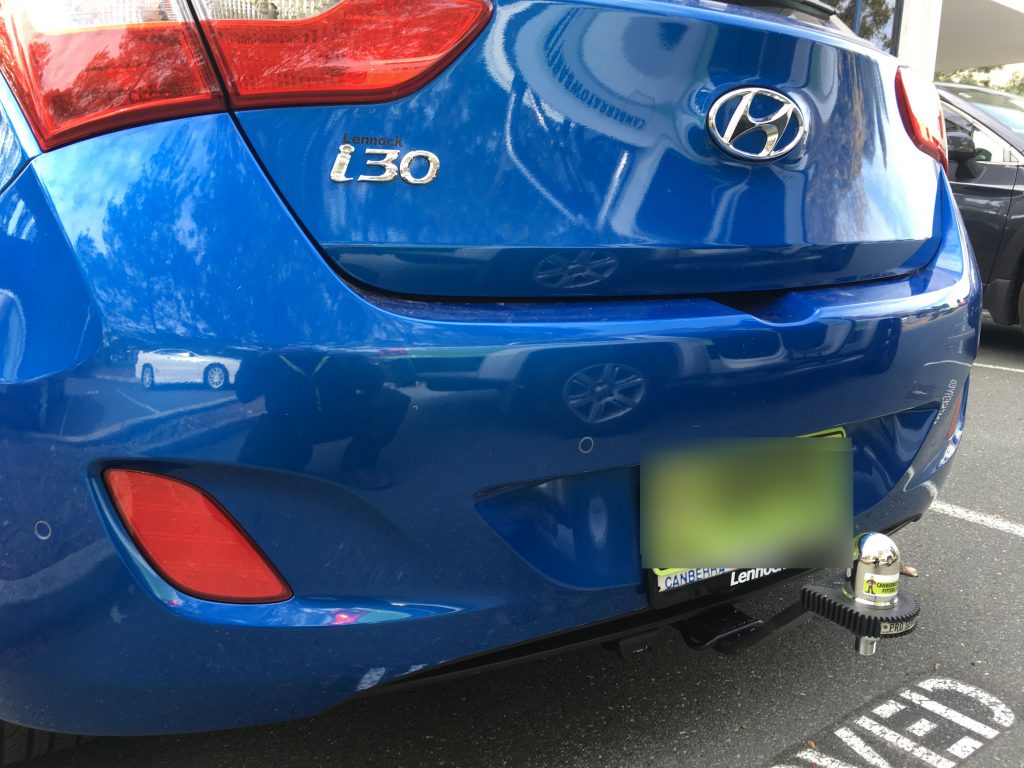
SUITABLE UP TO 1,200 KG
Class 2 towbars are fine for lightweight towing and some bike rack applications but if you’re looking for some serious towing action, you’re better off with a horizontal hitch, as we explained earlier in this guide.
Some sellers though, like Towbar Installers do provide Class 2 towbars that can tow up to 1,600kg, but that is an exception. For the most part, always assume that Class 2 towbars have a maximum towing weight of 1,200kg.
A good gauge of what towing up to 1,200kg might look like would be a small garden trailer with rubbish to the tip or moving furniture in a family trailer. Anything bigger, and your Class 2 towbar would probably not be up to the task!
DESIGNED FOR SMALL TO LARGE VEHICLES
What’s interesting is that Class 2 towbars are usually class of towbars that can fit a small vehicle. The other classes of towbars usually can’t fit into anything smaller than a medium sized vehicle, like a Subaru Forester, or a Mazda CX5.
That means that if you own a small vehicle, like a Kia Cerato or a Mazda 3, you’re only going to be able to install a Class 2 towbar on your car at most. Bummer! But unless you’re planning to tow a caravan along, it should work out just fine for around the house and helping out your mates.
CLASS 3 TOWBAR
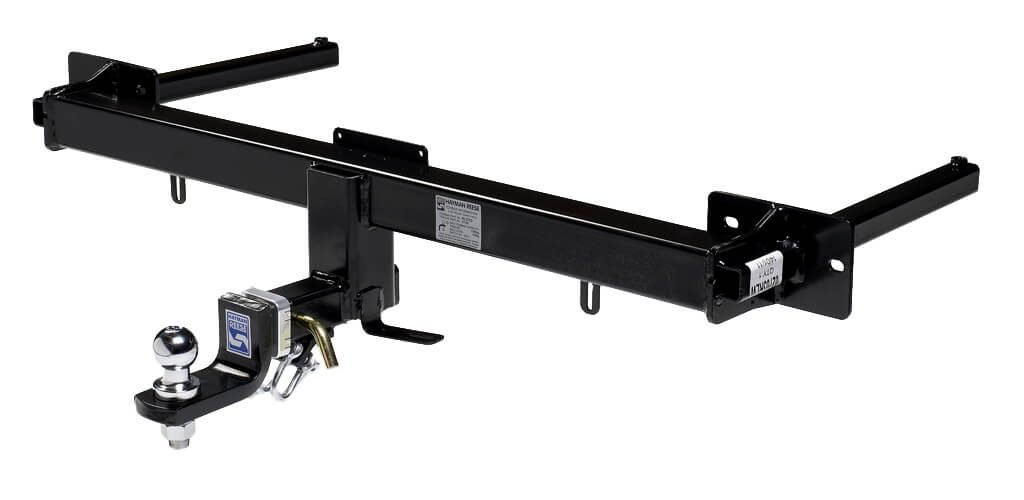
Class 3 towbars, unlike its predecessor, comes usually with a horizontal removable hitch as we’ve previously mentioned. You’d most likely want to go for this class of towbar if you’re driving a medium-sized car (like a Hyundai i45, or a Honda CRV).
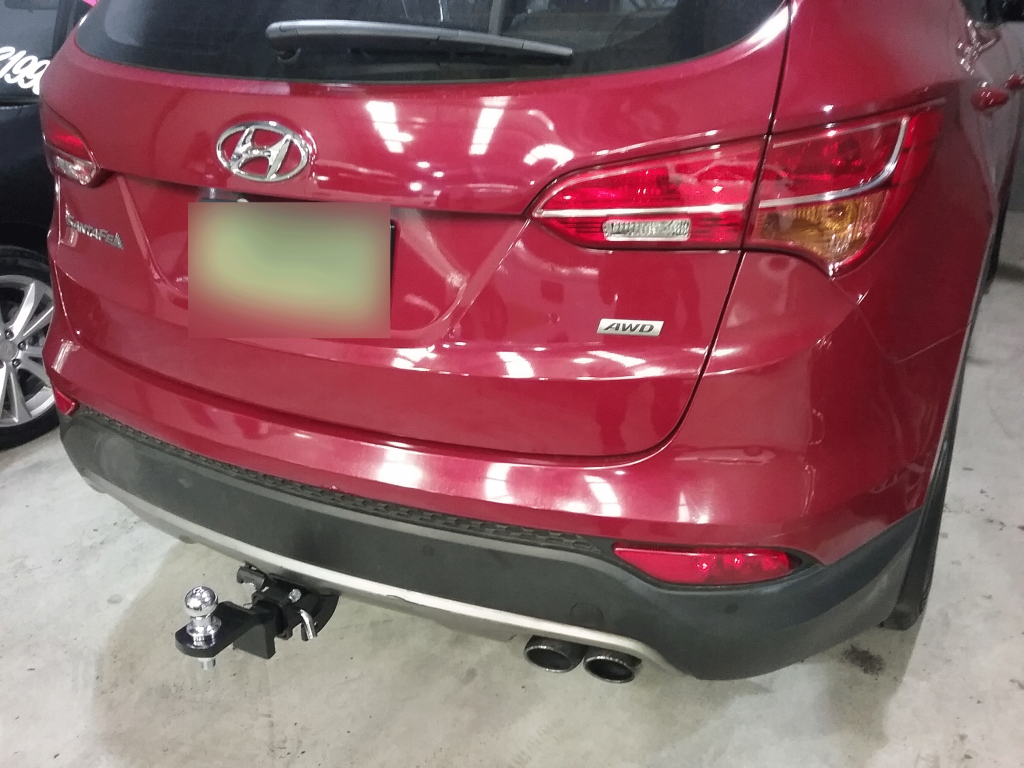
One such towbar in this class is the Reese Light (RL) Towbar that TowbarInstallers currently has for sale.
Class 3 towbars usually come with the following features:
SUPPORTS UP TO 1,600KG IN WEIGHT
Class 3 towbars typically support up to 1,600kg in weight, which is a 400kg top up from the Class 2 towbar, if you remember.
At the 1,600kg range, you’re looking at something possibly like a large box trailer, a medium sized boat, dinghy, or something along the lines.
USED FOR MEDIUM TO LARGE VEHICLES
While the Class 2 towbar is used more commonly in small to medium vehicles, a Class 3 towbar is often not used, or not compatible with small vehicles.
Instead, you’ll find Class 3 towbars with medium to large vehicles instead, like a family sedan or wagon like a Hyundai i45 or some model Honda CRVs.
CLASS 4 TOWBAR
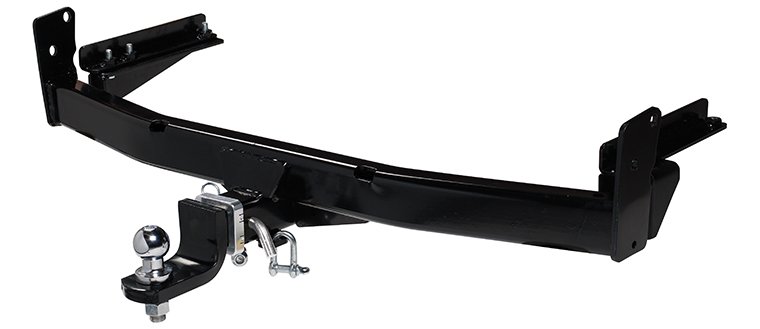
Finally, we come to the last class of towbars, Class 4.
Class 4 towbars tend to be used for heavy-duty towing purposes, like the Heavy-duty towbar from TowbarInstallers.
These towbars have the following distinctive features:
COMES WITH HORIZONTAL REMOVABLE HITCH
At this level of weight, you shouldn’t see any Class 4 towbar featuring a flat bolt on tongue hitch.
No, these towbars come with a horizontal hitch that with a square 50mm x 50mm hitch box with a pin and clip to secure the load.
USED FOR MAX LOADS
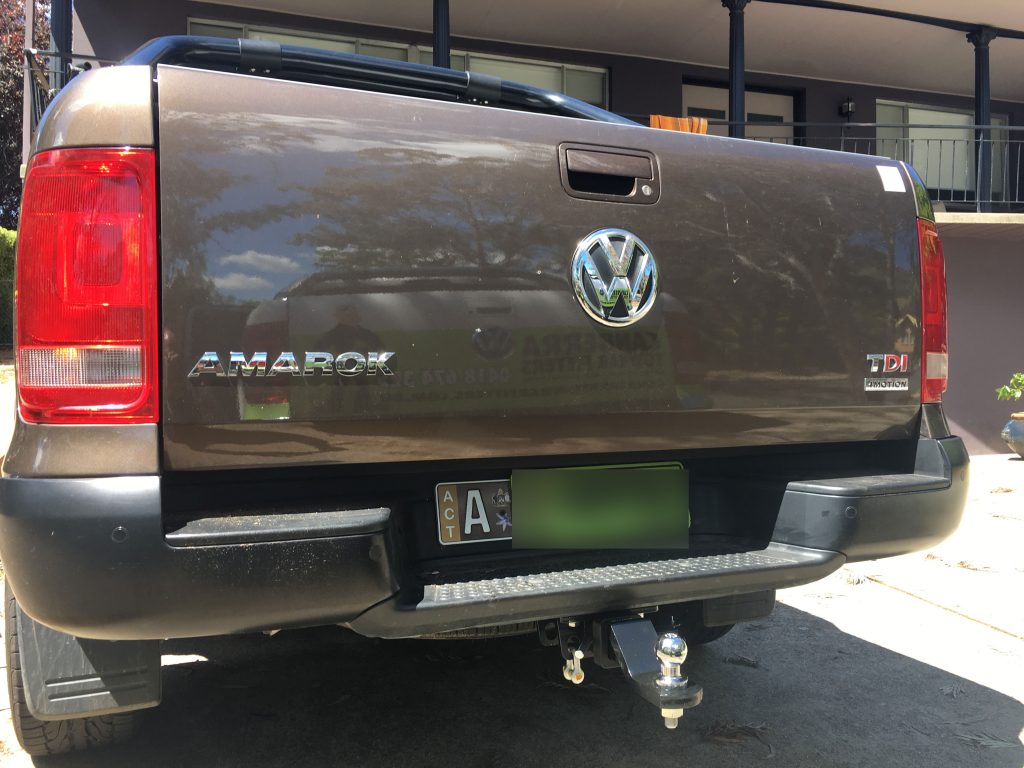
As mentioned before, if you’re looking to tow something heavy, then a Class 4 towbar is what you should be after.
“Rated for maximum towing capacity”, these towbars are suitable for carrying a maximum amount of load, ranging from caravans, large trailers, boats and horse floats.
In fact, Class 4 towbars are able to support weights of up to 3,500kg, so choosing this towbar is an easy choice if you want the flexibility of using the full towing rating of your vehicle, you’ve got a large boat or a caravan to tow to your next getaway.
COMPATIBLE WITH WEIGHT DISTRIBUTION HITCHES
Furthermore, Class 4 towbars tend to come fully compatible with weight distribution hitches, which we will talk about in a minute.
Unless you’d want your vehicle to topple over while towing along a caravan, you’d probably want to get one of those.
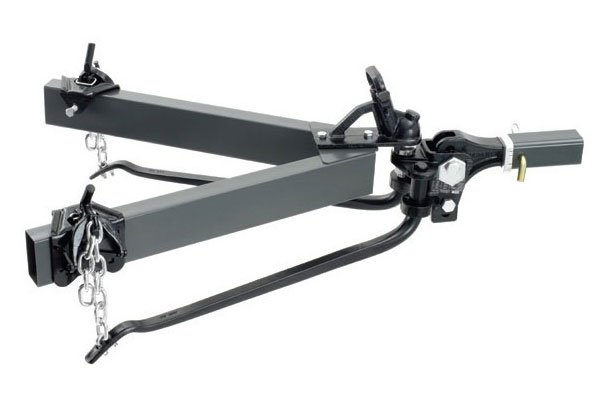
WEIGHT DISTRIBUTION HITCHES? WHAT ARE THEY?
Imagine this. You bought a caravan and a Class 4 towbar. Then, just installing a towbar the way it is, you connect the caravan and start to tow your caravan.
What happens?
Well, chances are both vehicles will start to experience the tension of some kind, due to the ill distributed weight between them. This happens because there is no weight distribution hitch installed, and the stresses of the connection between the two vehicles are placed on the towbar hitch.
You’ve probably noticed that a weight distribution hitch is typically only available to Class 4 towbars, and for good reason. The heavier your tow load gets, the more problems you’ll have with weight distribution.
The lack of good weight distribution leads to not just an imbalance of weights, it also leads to handling issues with your vehicle, which is potentially fatal.
A good weight distribution spreads the weight across the chassis of the two vehicles and balances out the difference in weight, instead of focusing all the stresses on the towbar.
A good rule of thumb is to always purchase a weight distribution hitch whenever you purchase a Class 4 towbar so that you save yourself a potentially fatal trip down the road.
Weight distribution hitches coming to different sizes depending on the type of trailer that you own.
They range from “mini” to “heavy duty”, so make sure to check with the towbar installer to see if your vehicle or towbar is compatible with that particular weight distribution hitch before making a purchase.
Part 3 :
EVERYTHING TO KNOW ABOUT TOWBAR ACCESSORIES
Of course, we can’t possibly call this a good guide if we don’t talk about towbar accessories.

In this chapter, we’ll take a closer look at these accessories towbar companies tend to upsell you with each purchase of a towbar.
A word of advice though – there are a huge number of towbar accessories out there – and before this guide becomes an accessory guide, we’re going to cover just the basic essentials we think you need to consider along with your towbar purchase.
While purchasing a towbar installation package is good enough for most towing purposes, there are sometimes instances where these accessories can add that additional oomph to your towbar.
ELECTRIC BRAKE CONTROLLERS
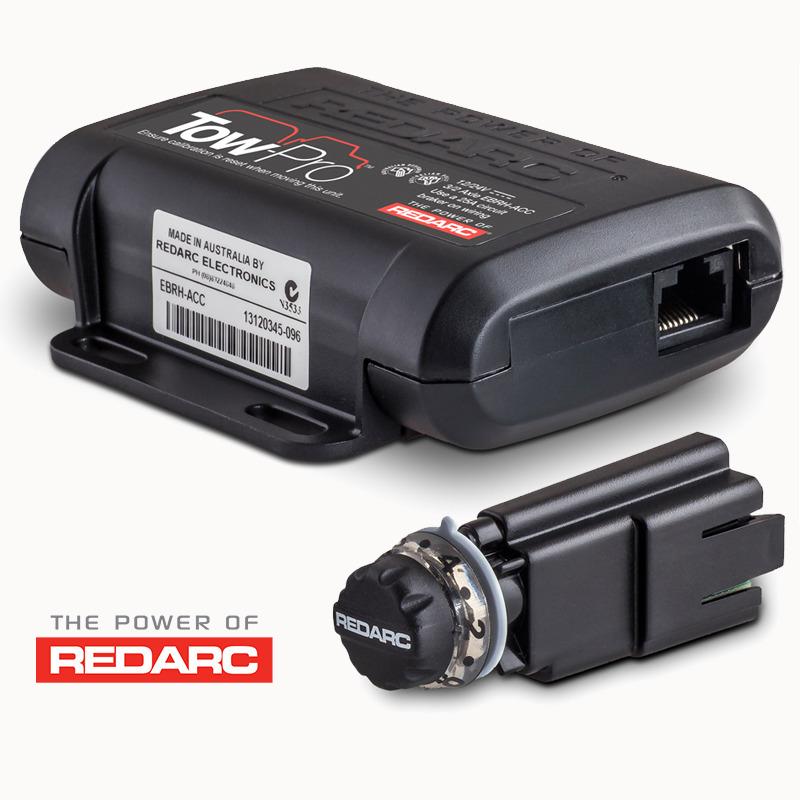
A brake Controller is typically installed into your vehicle to control electric trailer brakes that are attached to what you’re towing, such as a trailer, or a caravan so that you can control the trailer brakes from inside your vehicle.
Australia’s law requires that you install a brake system with any caravan, trailer or boat that weighs more than 750kg, and that’s where the brake controller comes in.
Brake controllers work in quite a simple way. It comes with a brake controller that is installed on your vehicle, that is attached to your Tow package. Most controllers are installed into or on the dashboard. It will simply show whether or not your trailer brakes are connected properly to your vehicle, and when braking power is being applied.
The more advanced type of brake units come with automatic or user controlled trailer braking modes that let you select braking styles depending on the road or terrain that you’re traveling on.
For the most part, you can skip this accessory if you’re not intending to tow a trailer, caravan or boat more than 750kg.
BIKE RACK
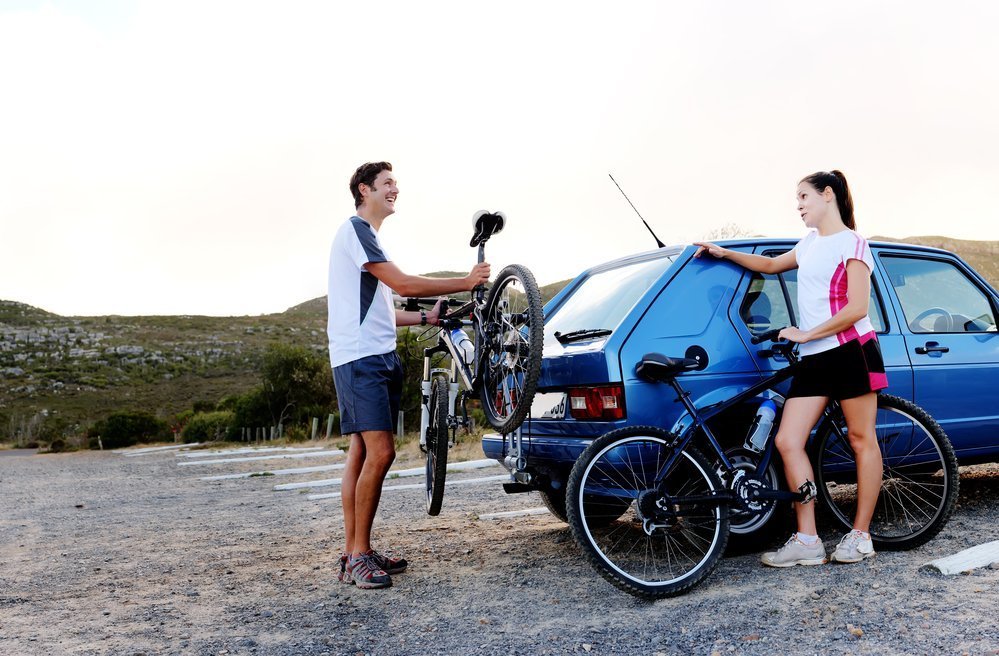
Another common accessory are bike racks that can be installed on top of your towbar.
If you go on frequent trips mountain biking or road biking, and you need to travel something often with your bike on your vehicle, then this would probably come in handy.
Typical bike racks can support up to 4 bikes at any point in time, but if you’re not a bike enthusiast, or you don’t need to carry your bikes along with you on the trip, then you can save yourself some costs here.

TRAILER
If you currently don’t have a towbar installed, then you probably won’t have a trailer.
“A trailer is, by definition, an unpowered vehicle towed by another.”
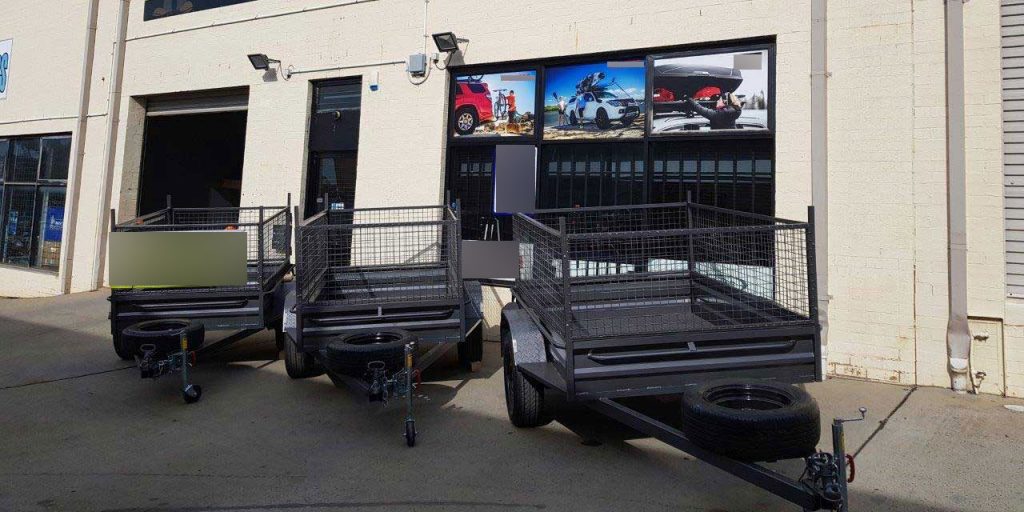
A trailer is useful particularly for getting those larger items moved or for cleaning up around the house.
Of course, there are different trailer sizes that you can choose from, but a good gauge might be either to consider what items you generally need to load up and tow for that typical trip, or even to take a look at the class of towbar that you purchase.
For example, if you have light loads to move, cleaning up around the house or picking up purchases from the hardware store then an unbraked trailer that can carry up to 750kg would be more than suitable.
If you want to carry heavier loads then ensuring you choose a trailer with the correct brake set up is important as well as matching to a brake controller and the correct style of towbar either Class 2 or Class 4.
Something to remember is that a trailer is a friend magnet. As soon as you have a towbar and a trailer you will have new friends that want a hand or would like to borrow the trailer.
Part 4 :
DEFINING YOUR LIFESTYLE AND PASSIONS
Now that we have covered the basics of a towbar, we’re ready to start selecting the right towbar for our needs.
And speaking of needs, the very first thing that I’d always recommend anyone to do before choosing a towbar is to ask themselves what exactly are they going to use the towbar for.
After all, if you simply need to carry a light load down that road trip, and you’re ever unlikely to purchase a caravan in the foreseeable future, chances are you don’t really need that Class 4 towbar.
In this chapter, we’ll look at your lifestyle, passions, hobbies, and habits, so that you have a better idea about the type of towbar that you need.
WHAT ARE YOUR HOBBIES?
The first question that you’ll need to ask yourself the type of hobbies that you typically engage in.
Is it kayaking? Is it biking? Or is it having a road trip?
Take a moment right now to think about it, and list it down mentally in your head.

WHAT YOUR HOBBIES MEAN IN TOWBAR TERMS
Now, if you’ve listed down hobbies that tend to involve very heavy equipment, such as going on a road trip, you’d probably be thinking caravans or camper trailers sometime in the future.
That means that you’ll need something like a Class 4 towbar.
On the other hand, if you’re not interested in staying out, but instead are interested in either biking or simple kayaking and fishing, a Class 2 towbar is more than enough to handle that load.
HOW HEAVY IS THE EQUIPMENT THAT YOUR LIFESTYLE DEMANDS?
The items and equipment that you use in your hobbies, favorite getaway or that trip outdoors gives a lot of hints as to the type of towbar that you need.
Very quickly, ask yourself these questions:
- What type of equipment do you tend to carry along with me to do your hobbies? (For e.g. biking with the family might require a bike rack)
- What is the rough weight of such equipment that you use? Is there anyway that you can check?
Once you figure these questions out, you should already have a clear clue about the type of loads that you’re planning to tow.
For example, if it’s a large boat, then simply track down the weight of your boat, plus equipment and jot it down mentally.
WHAT TYPE OF VEHICLE DO YOU USE ON THOSE HOBBIES?
The type of towbar that you can consider actually depends a lot on the type of vehicle that you own, and more specifically, the vehicle that you use to engage in your hobbies.
For starters, you’d want to make sure that you check with your car manufacturer (the owner’s manual is a good place to start) to see the maximum amount of load that your car can tow.
Simply put, if your car can tow a maximum of 1,000kg, then the light duty towbar is your obvious option.
On the other hand, some vehicles, like a family sedan, or an SUV can support weights of up to 3,500kg, which kind of makes the light-duty towbar irrelevant. Why bother getting a light duty one when you can go straight to the heavy weights?
Also, some vehicles don’t support towbars at all, and might not be even compatible in the first place.
The easiest trick in the book? Drive your car up to a towbar installer company, and ask towbar experts to help you assess your car for you, so you don’t make the wrong decision.
FUN QUESTION – DO YOU INTEND TO SWITCH HOBBIES DOWN THE ROAD?
This is actually a very interesting question – many users tend to go for the light duty towbar initially, then realise that they actually need to tow something much heavier than what it can handle.
As a result, they waste unnecessary money and time to upgrade their towbars. Instead of doing that, we want to set you up for success by asking the necessary questions in the first place:
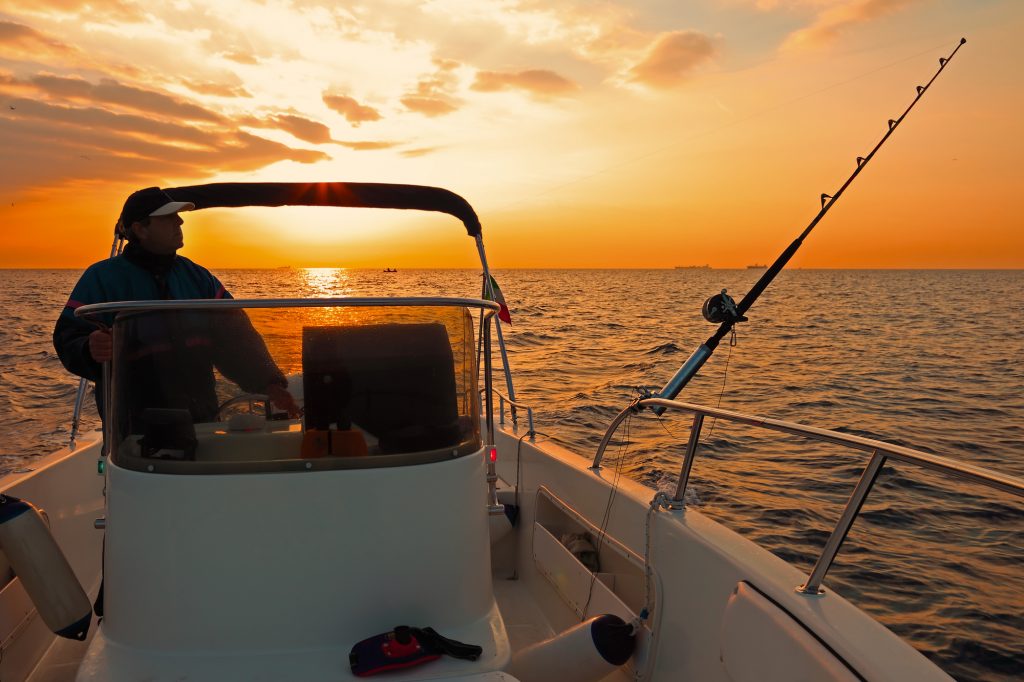
“Do you see yourself changing hobbies down the road?”
Maybe you’re growing a family. Or maybe you’re just not that into bikes anymore, and prefer fishing. Or maybe you’ve putting off that caravan purchase for the longest time.
Whatever the case, be sure to make a mental note of this possible transition down the road; your towing demands depends on it.
I’d much rather you invest a little more into something like a Class 4 towbar to begin with than a class 2, just to let you have more legroom to work with, in case you switch hobbies in the near future.
Part 5 :
CHOOSING THAT TOWBAR
We’ve covered the basics of towbars, and we’ve also explored your lifestyle requirements and demands. Now comes the interesting part – choosing the right towbar for your needs.
GATHER ALL YOUR LIFESTYLE NEEDS
The first thing that we’re going to do is to gather the 4 questions that we’ve asked earlier and assess each of them in-depth.
Here are those questions again:
- What are your hobbies? What activities do you tend to engage in?
- What type of equipment do you tend to carry along with me to do your hobbies? (For e.g. biking with the family might require a bike rack)
- What is the rough weight of such equipment that you use? Is there any way that you can check?
- What vehicle do you use to engage in these activities?
- Do you see yourself changing hobbies down the road?
THINK ABOUT YOUR ANSWERS AND DEFINE YOUR REQUIREMENTS
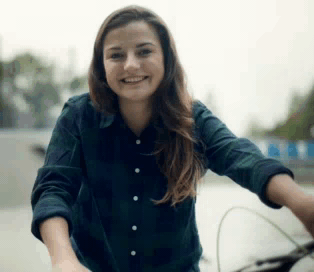
Now that you’ve gathered those questions together, think about your answers to each question.
For example, say Mary’s hobby is to go on trips with her bikes.
Her answers might be the following:
| Questions | Mary’s answers |
| What are your hobbies? What activities do you tend to engage in? | I like to go with the family on road trips and take our bikes along, and just spend time with nature. |
| What type of equipment do you tend to carry along with you to do your hobbies? (For e.g. biking with the family might require a bike rack). | We have a large bike rack that we use to carry our bikes, as well as a camper trailer that we use for our road trips. |
| What is the rough weight of such equipment that you use? Is there any way that you can check? | The bike rack can carry 4 bikes with a maximum loading of 150kg. The weight of the camper trailer is 2,700kg, after searching online from the manufacturer’s website. |
| What vehicle do you use to engage in these activities? | We have a family SUV for the 5 of us. It’s a Toyota Prado. |
| Do you see yourself changing hobbies down the road? | Not at the moment. |
Based on Mary’s answers, here’s what we can derive:
- The towbar must be suitable for heavy weight, heavy duty towing, since Mary has a lifestyle requirement of biking and road trips.
- The towbar must be able to tow a large camper trailer and bike rack, that Mary currently owns.
- The towbar must be able to support the weight of about 2,700kg, which is the weight of the large camper trailer that Mary owns.
- The towbar must be compatible with a Toyota Prado, a family SUV.
- Mary does not intend to switch hobbies at the moment so we can use the answers to the top 4 points as a gauge to choosing our towbar.
Have you gathered your answers to these 5 questions as Mary did? Great! Then we can move on to the next part.
NARROWING DOWN YOUR TOWBAR CHOICE
Using the answers that you’ve gathered earlier, it’s time to revisit our understanding of the different classes of towbars available and narrow down our choices from there.
Since this is best illustrated with an example, we’re going to continue using Mary’s case study for you to follow along and narrow your towbar choice.
Let’s look at the table again:
| Questions | Mary’s answers | Towbar Analysis |
| What are your hobbies? What activities do you tend to engage in? | I like to go with the family on road trips and take our bikes along, and just spend time with nature. | The towbar must be suitable for a bike rack and towing since Mary has a lifestyle requirement of bike riding and road trips. |
| What type of equipment do you tend to carry along with you to do your hobbies? (For example, biking with the family might require a bike rack). | We have a large bike rack that we use to carry our bikes, as well as a camper trailer that we use for our road trips. | The towbar must be able to tow a camper trailer and bike rack, that Mary currently owns. |
| What is the rough weight of such equipment that you use? Is there anyway that you can check? | The bike rack can carry 4 bikes with a maximum loading of 150kg. The weight of the camper trailer is 2,700kg, after searching online from the manufacturer’s website. | The towbar must be able to support weight of about 2,700kg, which is the weight of the large camper trailer that Mary owns. |
| What vehicle do you use to engage in these activities? | We have a family SUV for the 5 of us. It’s a Toyota Prado. | The towbar must be compatible with a Toyota Prado, a family SUV. |
| Do you see yourself changing hobbies down the road? | Not at the moment. | Mary does not intend to switch hobbies at the moment so we can use the answers to the top 4 points as a gauge to choosing our towbar. |
Using Mary’s example and looking at her lifestyle needs, it’s quite obvious that she needs a Class 4, heavy-duty towbar that is able to carry her bike rack and the large camper trailer on her trips.
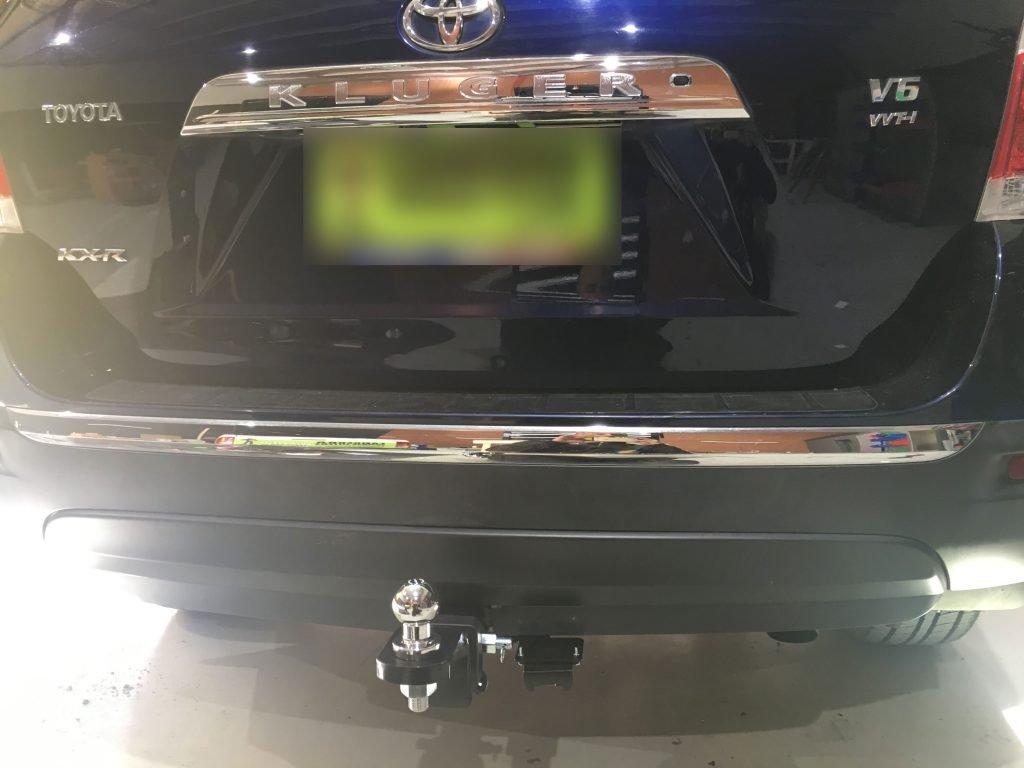
Excellent! Now, let’s do the same for you, too. Use the following steps to figure out the right towbar for your needs:
- Take a look at your answers and requirements that you earlier did.
- Look at the different towbars on sale.
- Depending on your answers and requirements, narrow down the right towbar and choose!
Alternatively, you can simply request for a quote from TowBar Installers, and they’ll gladly help you out.
Part 6 :
MAKE SURE YOU PURCHASE TOWBARS FROM TRUSTED COMPANIES
So you’ve just figured out the right towbar for your needs, and you’re all eager to start your new adventure. Great! But before you do, make sure that you purchase your towbar from companies who know what they’re doing.
This gives you and your family peace of mind that your family vehicle and your trip are in safe hands. Follow these guidelines below to have an idea about what to look out for when choosing a towbar installation company.
SEE THE BRANDS THAT THEY CARRY
It’s always safer to go with the trusted brands. For the most part, you’re not just buying the product, but you’re buying the quality and guarantee that these brands bring with them.
Ready to find the right towbar to fit your lifestyle?
Answer these quick questions to find out which towbar you actually NEED (not what you think you need)…
That goes the same with towbars.
Towbar Installers, for example, carries Hayman Reese Towbars, Trailboss Towbars, and Cosmopolitan Towbars, which offer quality towing solutions that have good warranties that come with them.
CHOOSE COMPANIES NEAR YOU
Wherever possible, try to get your towbar installed by a company near your home, so that when you want after sales service or just a bit of friendly advice you can easily stop in and see them for a chat.
And if that’s not enough, Towbar Installers can do house visits, where they come to you and install the towbar onto your vehicle for free. Convenient!
CONCLUSION
Now, over to you. What do you intend to use your towbar for? Which towbar do you think you need right now? Let’s find out.
Whatever your towing needs, request a FREE quote from Towbar Installers today, and be booked in within 24 hours!

